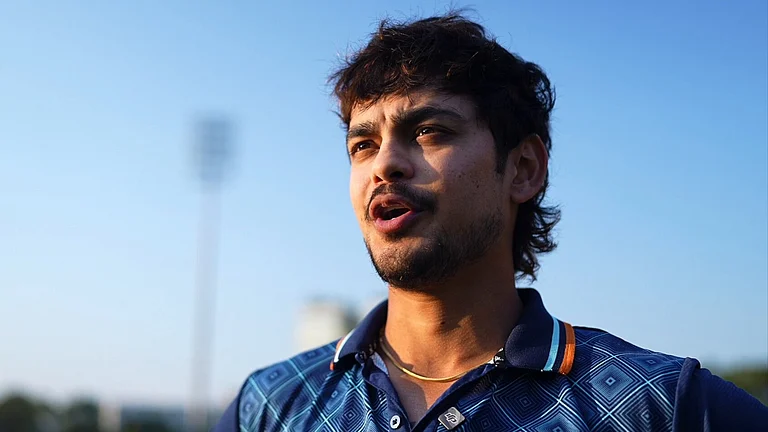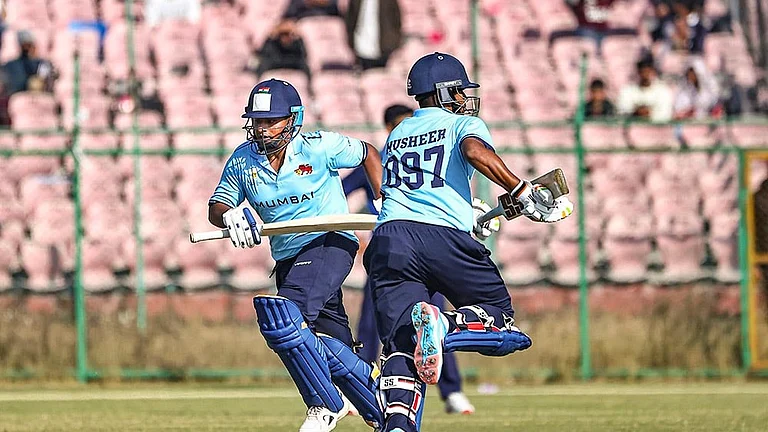A ‘slice of life’, the credo of the modern literary short story since Chekhov and Joyce, had limited use for Satyajit Ray. His conventional, plot-driven stories were written to entertain, and the best are tales of the supernatural, the weird and the macabre. These 49 stories include much of his best known work other than the Feluda and Prof Shonku stories.
Set largely in urban India and filled with the ephemera of a time increasingly recalled through nostalgia, Ray explores the hidden possibilities of common lives. His protagonists are clerks, teachers, professionals, and the lonely, the laggard and the itinerant whose utterly domesticated quirks are magnified with quiet humour.
Some of the stories’ themes are the stock-in-trade of the fantastic tale: the retributive return of the past (Two Magicians, A Strange Night For Mr Shasmal) and the startlingly original (Khagam, Fritz)—with its final turn of denouement that snaps shut with awful finality. Class-friend (basis for his last film, Agantuk), Potolbabu Filmstar and Bonkubabu’s Friend show that Ray was adept at dramatising poignancies that give meaning to life. As befits a filmmaker, Ray’s stories abound with instances of role play and imposture. Then there are stories where the Raj winks and whispers through the gathering mist of expired memory.
This translation captures Ray’s crackling, every-pebble-in-its-place prose. The choice bears witness to the essentials of Ray’s writing: a superb eye for detail, a miraculous ability to conjure atmosphere in a few strokes, skill at putting the reader at the heart of the place and an absence of female protagonists. This is a collection to treasure. Why it’s perfunctorily produced on cheap, textbook paper is another mystery.























